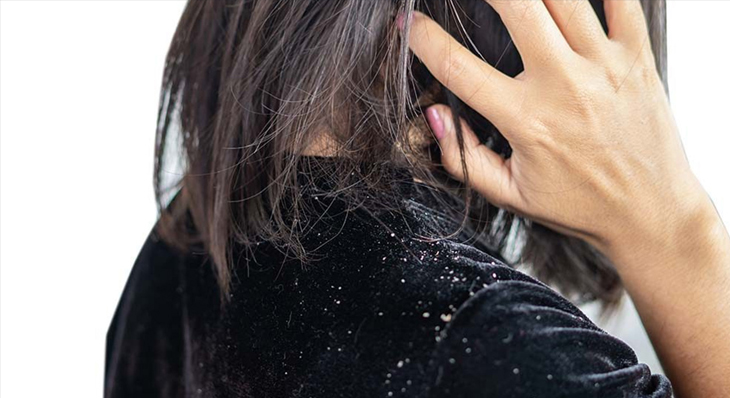Anti Dandruff treatment

Dandruff is one of the most common enemies of self confidence. It’s unpleasant, embarrassing, and itchy. It can keep people and family away from you and can make you spend a fortune on over the counter shampoos, lotions, and other natural remedies.
Since dandruff has numerous reasons to arise, the doctor needs spot on diagnosis for treatment. Our team of docotrd get this right all the time. Holistic treatment for dandruff caused due to metabolic and dietary disorders. Perfect prescriptions and medication for dandruff caused due to microorganisms.
It is a common form of skin eczema that occurs in parts of the body with high oil (sebum) production. Body areas that are commonly affected include the scalp, ears, face, chest, and folds of skin, such as the underarms or the skin below breasts or overhanging abdominal folds. The cause of seborrhea is unknown, although a yeast that often lives on the skin, Malassezia furfur, may play a role. One common manifestation of seborrhea that affects the scalp is dandruff. Scalp seborrhea can also present as thick, flaky, localized patches of scale. On the face, seborrhea produces reddish-brown, dry-looking, or thick, greasy scales on the eyebrows, sides of the nose, and behind the ears. Reddish, scaly patches may also appear in the folds of skin mentioned above. Although skin affected by seborrhea may feel “dry,” moisturizing only makes them redder. Scalp seborrhea and dandruff do not cause severe hair loss. Often, scalp seborrhea doesn’t even itch significantly. Seborrhea can appear during infancy, starting shortly after birth and lasting several months. It may affect the scalp (“cradle cap”) or produce scaly patches on the body. Adults of all ages may develop seborrhea, too, especially on the scalp and face